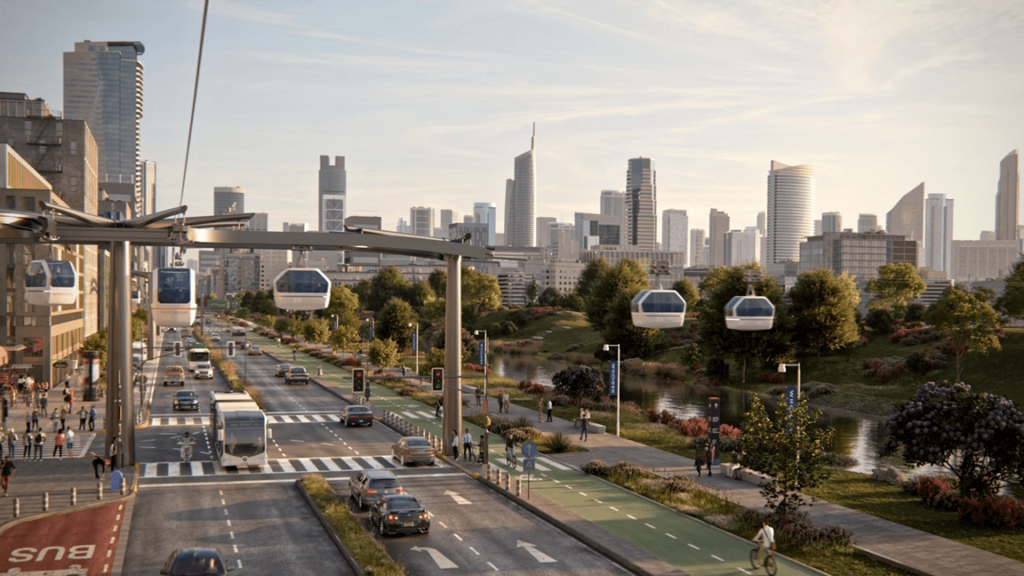
The city of Denver is moving forward with a plan to revitalize its urban core.
Voters approved a ballot measure in November that unlocked $570 million to support downtown’s recovery, and the city has now opened a formal application process for potential projects to be awarded a portion of the funds.
The plan expands the Downtown Development Authority’s boundary lines to encompass all of downtown Denver. The DDA is a tool that sets aside a portion of property or sales tax collected within its boundary lines and then reinvests those funds into economic development within that area.

Established in 2008, the DDA is the vehicle that delivered over $400 million in restoration and public transportation projects at Union Station, one of Denver’s most iconic landmarks, located at the northwest end of downtown.
Since the revitalization project was completed in 2014, billions of dollars have been poured into developments surrounding Union Station. The city of Denver hopes to replicate Union Station’s success on a broader scale.
City leaders invited the community to submit ideas and opinions on how to best put the funds to work. Most respondents expressed interest in using the money for private redevelopment and adaptive reuse projects, according to the city. Overall, Denverites submitted a diverse range of projects for consideration, with one idea featuring a gondola system that would run throughout downtown.

A formal application process is now underway with a focus on major projects that would redefine the downtown experience and attract new residents, businesses and visitors.
City officials have zeroed in on a few criteria that will guide the use of this funding. New developments and adaptive reuse projects, primarily office to multifamily conversions, are at the top of the list.
The funding could make some of the conversions a reality. The combination of record-high office vacancies and a lack of affordable housing has made converting underutilized offices into apartments a seemingly obvious choice. However, real estate professionals noted that without a clear path toward economic funds, these projects remain economically unfeasible.
The city is also looking for projects that would create additional parks and public spaces, promote connectivity and mobility, and support long-term job growth.